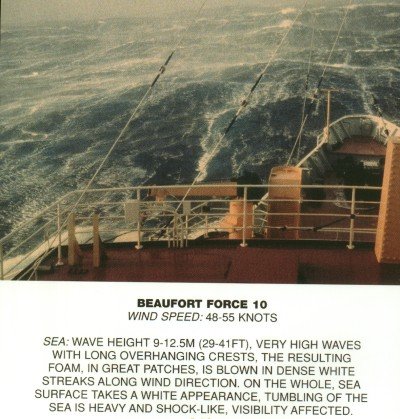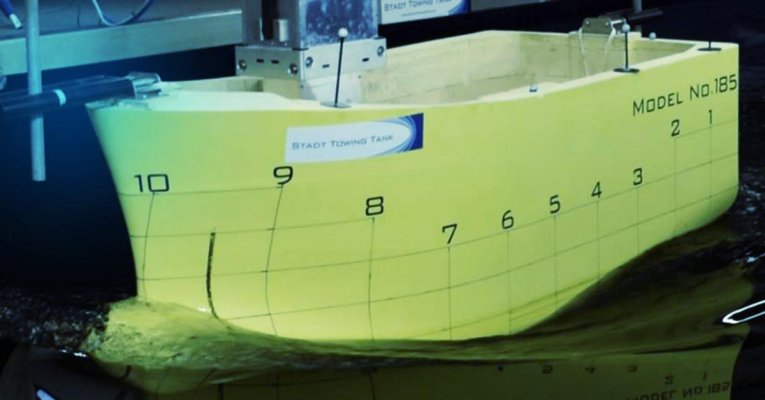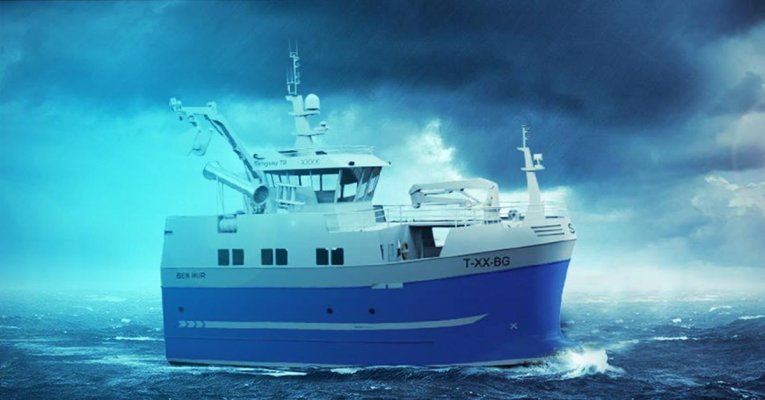JWellington
Guru
- Joined
- Apr 22, 2021
- Messages
- 655
I think there is a grave misunderstanding between a coastal fishing boat and an offshore fishing boat.
Newfoundland has more coastal fishing boats than Norway without the benefit of the coastal archipelago.
What do you think of those vessels?
Please send some sites by builders, or pics. Im familiar with the neaerby Nova Scotia yard, AF. Theriault, who have built some of the those really great Cape Horn trawlers. Apparently they can build anything you want.



